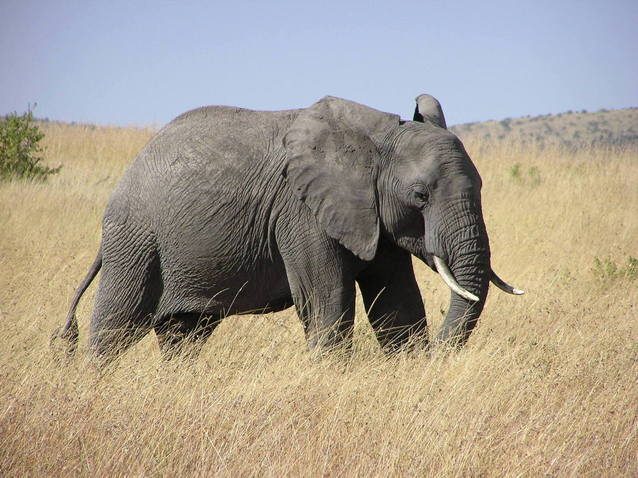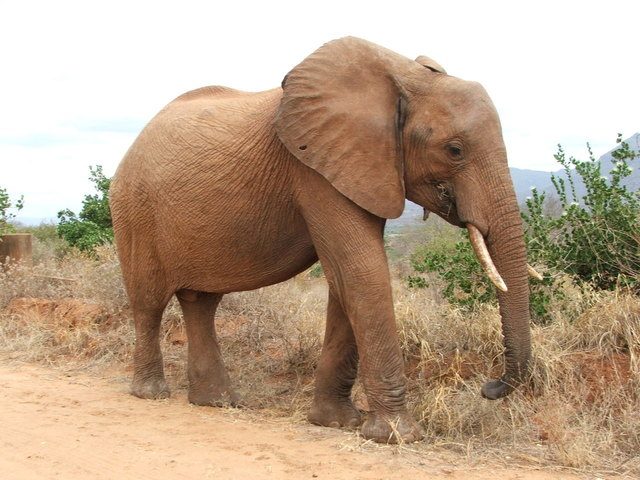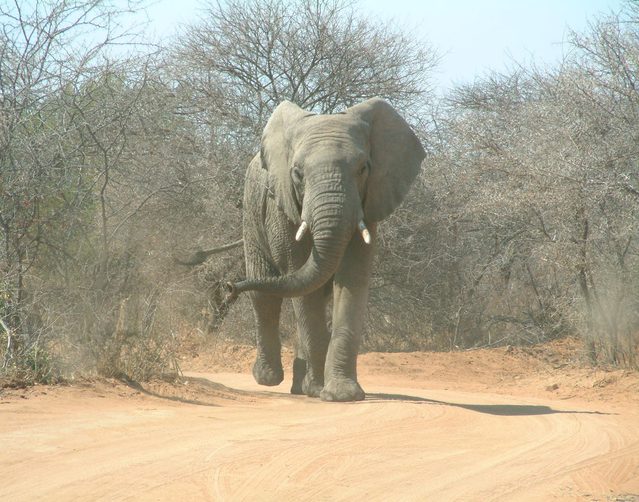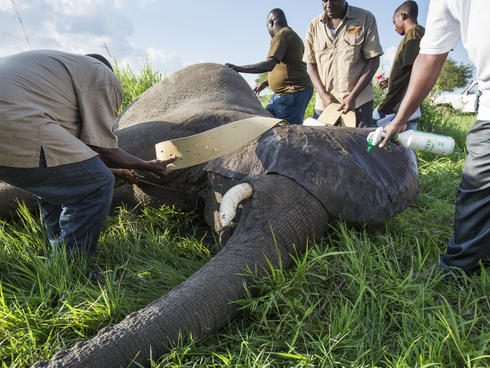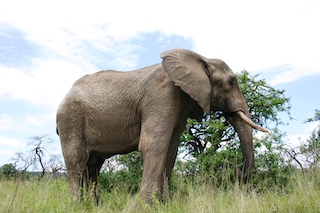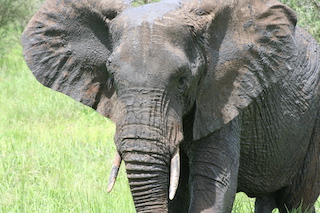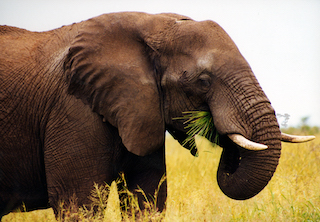The Elephant’s Beautiful And Ugly Side
Elephants are the largest and the heaviest land animals in the world. The biggest elephant can be 3.3m tall at the shoulder, 7.5m long, and can weigh up to 7 tons. The two subspecies of elephants in Africa are the larger savannah elephants and the smaller forest elephants. The savannah elephants live in the equatorial forests. The smaller forest elephants are darker than the savannah elephants. But both the savannah and forest elephants eat leaves, branches, and bark of trees and bushes as well as fruits and grass. Female elephants become fertile between the age of 25 and 45, whereas male elephants can hit puberty at the age of 20. They can live up to 70 years.
Beauty of the elephant
A notable feature of all elephants is their large ears, which radiates excess heat. The other distinguished elements are its face and familial structure, together, making up the beautiful side of it.
Peculiar facial structure
The tusks of the savannah elephants and forest elephants are slightly different in appearance. The savannah elephant’s tusks curve outwards, whereas the forest elephant’s tusks are straight pointing downwards. Elephant tusks are large incisors that grow throughout its lifetime and they use them for marking, digging, and feeling as well as in fights. They occur in both females and males. In between the two tusks is the trunk of the elephant. The trunk is an extension of the nose and upper lip, which is used for communication and handling food and other objects. The trunk and the two tusks are the most prominent and distinct facial parts of the elephant.
Complex familial structure
The gestation period of an elephant is 22 months. Some calves continue nursing for over many years, but usually, young elephants wean between 6 to 18 months. While nursing, elephants form a herd composed of related females and their calves. Each family unit contains about ten individuals. Forest elephants live in smaller groups. Sometimes several family groups join to form a clan of up to 70 members. Male elephants leave their group at puberty to live alone but occasionally form fluid alliances and small groups with their counterparts.
Ugliness of the elephant
The ugly aspect of the beautiful giants comes out with the intervention of humans. In southeast Kenya, elephants and people enter into contact often, and conflicts occur, the main culprits being population growth and climate change.
Population and agriculture
Human beings will need to intensify production by 70% by the year 2050 to meet the growing population demands. As the human population expands, more land goes for agriculture. So, the habitat of the elephant is shrinking and becoming fragmented. With human populations growing across their range, degradation and habitat loss will remain major threats to the survival of the elephants. As a result, elephants raid the fields and damage their crops, sometimes even killing people, which affects the livelihoods of farmers. At times, in retaliation, elephants are slaughtered by humans.
Climate and agriculture
What’s more, in addition to elephant raids, unpredictable and often extreme weather events are threats to agriculture production. Achieving food production sustainability in today’s changing climate is difficult without transforming the agricultural practices. Hence, researchers are working to mitigate human-wildlife conflict using the latest methods in forestry and sustainable agriculture.
Ugliness into beauty
A whole team of experts is working hard to eradicate the ugliness and restore the elephants to their former beauties that they are. By now it is apparent that the ugliness of elephants only emerges when in conflict with human beings. In Kenya, the elephants who live outside the protected areas come into contact with human settlements. This occurrence can be messy for both elephants and people. One of the ways to avoid human-wildlife skirmish is by being aware of their movements. Narok County Council have partnered with Kenya Wildlife Service to collar elephants in Maasai Mara Reserve with global positioning system to track them as they move around the reserve. Their extensive planning helps to understand better how to mitigate conflicts and to maintain wildlife corridors.
Collaring the elephant
Fixing the collar to an elephant is a difficult task. First, the animals have to be immobilized using anesthetic. But the anesthesia has to be carefully handled because humans are sensitive to it since the skin absorbs it rapidly. A syringe loaded with the anesthesia is attached to a dart and a charge within. Upon shooting of the dart from a capture gun, it impacts the animal and the inner charge fires as well, thereby injecting the anesthetic into the elephant. The anesthetic and the dart only immobilise the elephant but do not harm it. Since the drug takes about fifteen minutes to act, they follow the tracks of the darted elephant.
Mechanism of collaring
On tracking the animal, the team sets up the collar and puts it around its neck and secures it. One of the members takes tusk measurements, another sprinkle it, and another heals elephant wounds. Sticks are used to keep the elephant’s trunk open, allowing it breathe under sedation. When the team completes the collaring, a team member calls for everyone to clear. At that time, another member injects the reversing anesthetic into the elephant’s ear vein. The revived elephant quickly jumps up and sprints away. The level of technical knowledge and skills of the team is incredible.
Sophisticated technical expertise
Some members have two decades of experience catching elephants for collaring. Elephant collaring enables conservationists and researchers alike to monitor elephant movements and chart landscape and habitat connectivity within the landscape. It allows practitioners to see if an elephant is stationary, sick, injured or actively moving. The information also helps predict locations where farms and elephants may come into future conflict. The collaring technology is vital for security and management, enabling scouts and rangers to respond quickly to poaching and human-elephant conflicts.
Ecosystem keepers and engineers
Barring the messy affairs of the beautiful elephants, they can be very beneficial to the ecology as they play the role of ecosystem engineers, meaning they create and maintain savanna and forest ecosystems for other species. They are also good for tourism in Kenya, which is the primary economy of the country. Therefore, investing in their conservation is a smart economic policy. But it can be an uphill battle to convince local communities and people to buy into this idea.
5 Frequently Asked Questions About Beautiful Elephants
To receive a colourful digibook about elephant with videos, images and text, please fill out the following form or simply email us on safaris@safari-center.com

